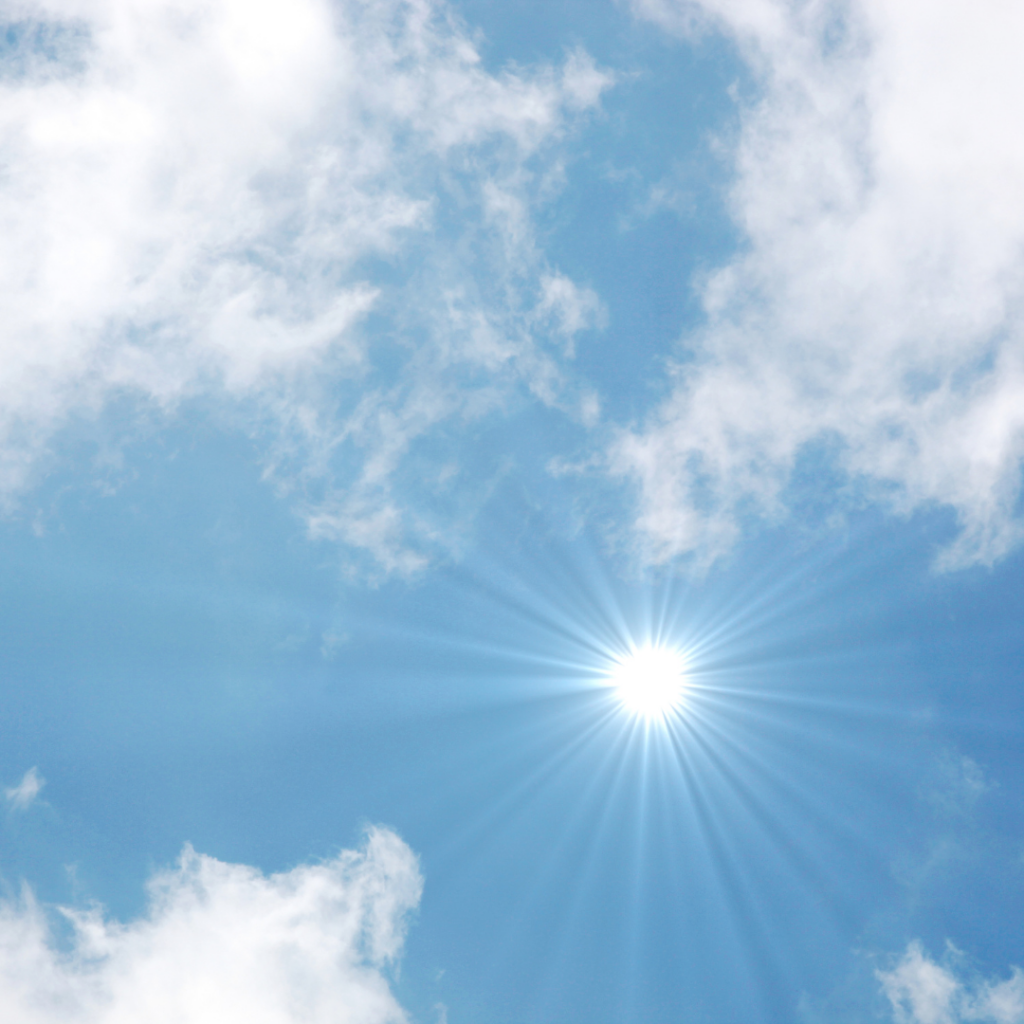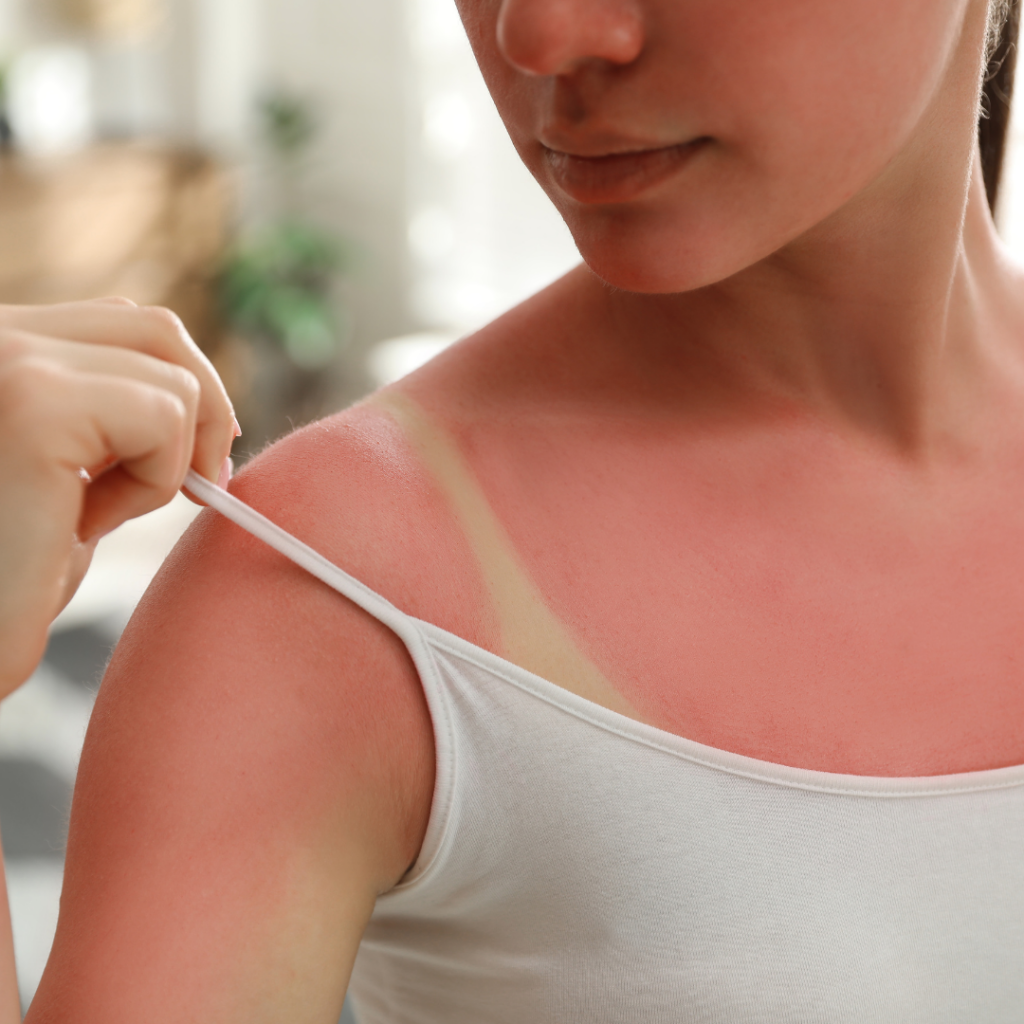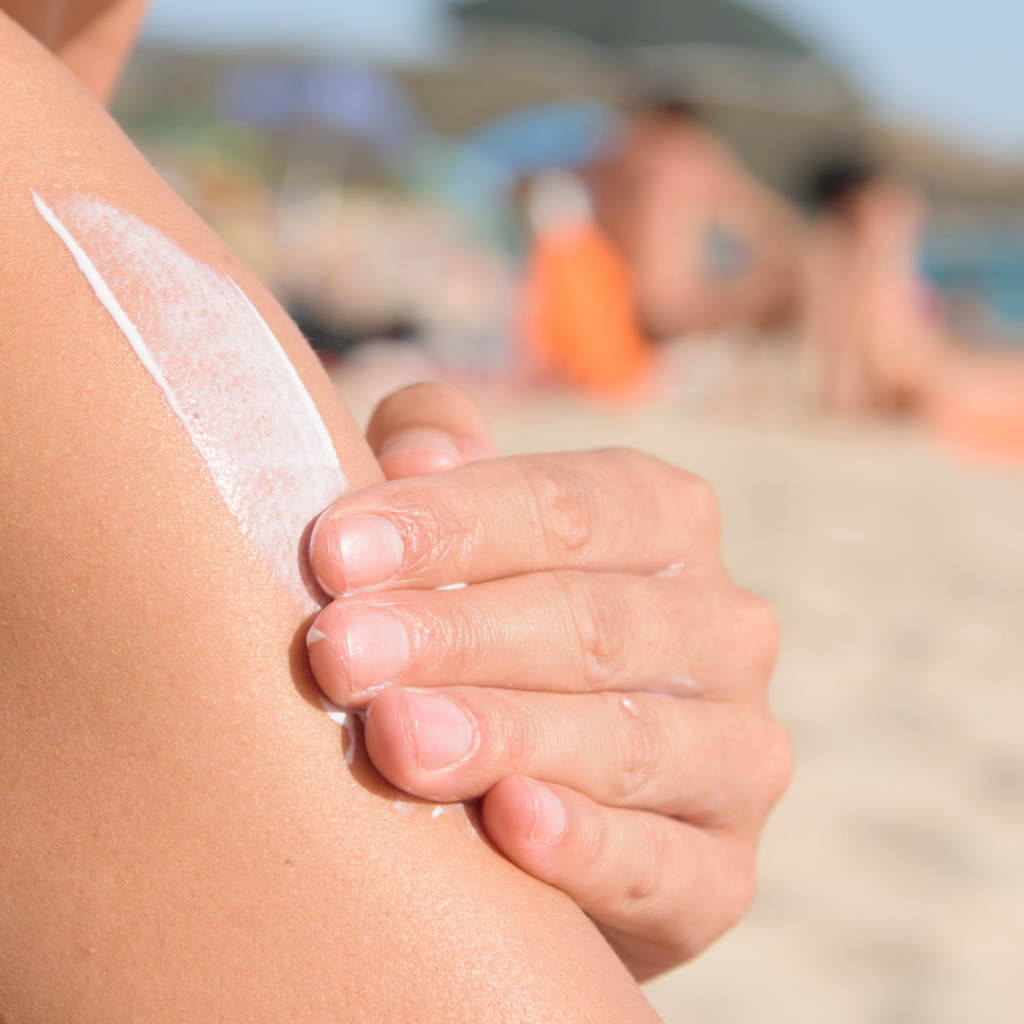By Mayson Marshall, nutraMetrix and TLS Product Manager
How much do you know about sun safety and UV awareness? Being prepared during peak times of the day can help you avoid small and even larger issues later on in life. Let’s jump right into important information that can help you and your loved ones stay safe under the sun.
What are UV Rays?
UV stands for ultraviolet. It refers to a type of electromagnetic radiation with a wavelength shorter than that of visible light but longer than X-rays. The UV spectrum is divided into three categories based on wavelength: UVA, UVB, and UVC.
- UVA: UVA rays have the longest wavelength among the three types of UV rays. They can penetrate deep into the skin and are primarily responsible for skin aging and wrinkling. UVA rays are present throughout the day and can pass through clouds and glass.
- UVB: UVB rays have a shorter wavelength and are partially absorbed by the Earth’s atmosphere. They are the primary cause of sunburn and are also linked to the development of skin complications. UVB rays are strongest between 10 a.m. and 4 p.m. and are more prevalent during the summer months.
- UVC: UVC rays have the shortest wavelength and are the most energetic type of UV radiation. However, they are mostly absorbed by the Earth’s atmosphere and do not reach the surface. UVC rays are commonly used for germicidal purposes, such as in UV sterilization devices.
Are UV Rays Harmful?
UV stands for ultraviolet. It refers to a type of electromagnetic radiation with a wavelength shorter than that of visible light but longer than X-rays. The UV spectrum is divided into three categories based on wavelength: UVA, UVB, and UVC. s. With sun safety, it is important to protect oneself from excessive UV exposure by wearing sunscreen, protective clothing, and sunglasses, and by seeking shade during peak UV hours.
Why Are UV Rays Damaging?
UV rays can be dangerous due to their ability to penetrate the skin and cause damage at a cellular level. Here are some reasons why UV rays are considered harmful:
1. Sunburn: Excessive exposure to UVB rays can cause sunburn, which is characterized by red, painful, and inflamed skin.
2. Skin aging: UVA rays are primarily responsible for skin aging. They can penetrate deep into the skin, breaking down collagen and elastin fibers, which leads to the development of wrinkles, fine lines, and sagging skin.
3. Eye damage: Prolonged exposure to UV rays can harm the eyes. It can cause temporary problems like photokeratitis, also known as “snow blindness,” which is essentially a sunburn of the eye’s surface. Long-term exposure can contribute to the development of cataracts and increase the risk of macular degeneration, a leading cause of vision loss.
4. Suppression of immune system: UV radiation can suppress the immune system.
5. Skin problems: UV radiation is a major risk factor for skin issues. It harms the DNA in skin cells, leading to mutations. Both UVA and UVB rays can contribute to different types of skin problems.
It is important to exercise sun safety and protect yourself from excessive UV exposure by wearing sunscreen, protective clothing, sunglasses, and seeking shade during peak UV hours. Regularly checking your skin for any unusual moles or changes and getting them evaluated by a healthcare professional is also recommended for early detection.
How to Protect Yourself from UV Rays?
To prevent UV damage and protect yourself from the harmful effects of UV radiation, you can take the following measures:
1. Apply sunscreen: Use a broad-spectrum sunscreen with a high SPF (Sun Protection Factor) of 30 or above for sun safety. Apply it generously to all exposed skin, including your face, neck, hands, and any other areas not covered by clothing. Reapply every two hours or more frequently if sweating or swimming.
2. Wear protective clothing: When outdoors, wear clothing that covers your skin as much as possible. Opt for tightly woven fabrics that provide better protection against UV rays. Wear long sleeves, pants, wide-brimmed hats, and sunglasses with UV protection to shield your eyes.
3. Seek shade: Limit your time in direct sunlight, especially during the peak hours of 10 a.m. to 4 p.m. If possible, seek shade under trees, umbrellas, or use canopies to reduce your exposure to UV rays.
4. Use sunglasses: Wear sunglasses that provide 100% UV protection to shield your eyes from harmful UV rays. Look for sunglasses that block both UVA and UVB rays.
5. Avoid tanning beds and sunlamps: Tanning beds and sunlamps emit UV radiation that can be even more intense than natural sunlight. Avoid using them to reduce the risk of skin complications.
6. Check the UV index: Practice sun safety by being aware of the UV index in your area. The UV index indicates the intensity of UV radiation and helps you plan outdoor activities accordingly. When the index is high, take extra precautions to protect yourself.
7. Check your skin regularly: Regularly examine your skin for any changes, new moles, or unusual growths. If you notice any concerning developments, consult a healthcare professional for evaluation.
Remember, UV damage can occur even on cloudy or overcast days, so it’s important to practice sun safety consistently. Taking these preventive measures can significantly reduce your risk of UV damage and help maintain the health of your skin and eyes





